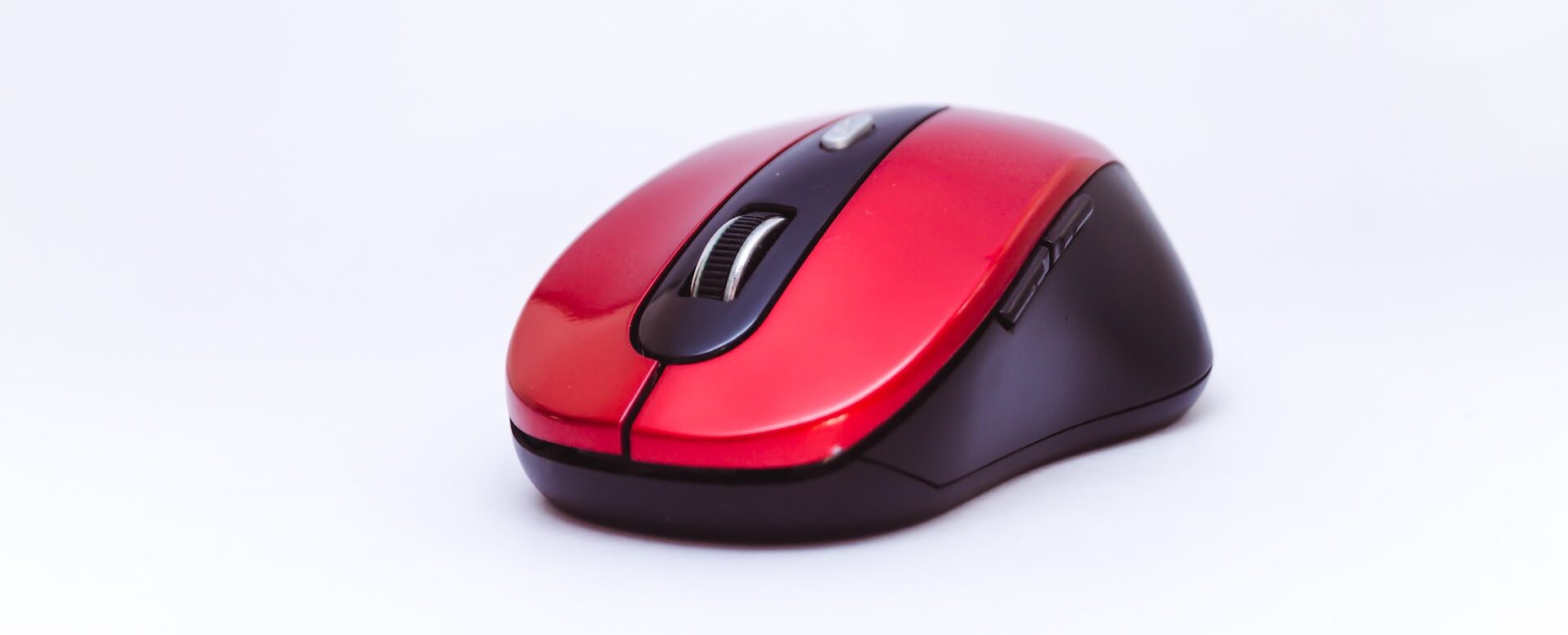Do you hit a blogging brick-wall when it comes to history blog post titles? Or, do you go to huge efforts writing a superb post then treat the title as a bit of an afterthought?
Although it doesn’t feel right, your title is the most important part of your history blog post. A good title makes the difference between a reader delving into your fabulous post or scrolling on by.
So here are 6 types of titles to make your next post clickable and shareable. I’ve included some great title examples from fellow history bloggers. And, you don’t have to stay exclusively within one type. In fact, using more than one together will make your title even better. But, before you start composing make sure you’ve chosen a keyword to build your title around.
Related Link: Are these 7 Keywords Research Mistakes holding back your history blog?
6 Types of History Blog Post Titles
One: Use Numbers
Did you know our eyes are naturally drawn to the contrast of numbers next to letters? Make the most of this. Use numbers and lists in your post title. Examples include “7 top sites for starting your family history search” or “The 10 unmissable gems of Hever Castle.” These offer the promise of a quick and easy read.
You can also use higher numbers to show depth and authority. For example, ‘The 100 best archaeological finds of all time” or “The 50 most useless Kings and Queens of Europe.”
More real examples:
Great words for list titles are:
- secrets
- tips
- ways
- reasons
- facts
- must-visit
- must-read
- binge-worthy
Two: Offer Easy Solutions, Make a Promise and Add Value
You want to tell readers what they will get out of your post. Or, more crudely why your post is worth reading. The best way is to make a topic of interest easier or simpler. Think about saving time, reducing someone’s research, answering questions, giving helpful timelines, profiles or facts. Researching the best museums, exhibitions, books or films so they don’t have too.
For example:
- 7 Period Drama Filming Locations to Visit From Home – History Lizzie
- What to see at Open House London 2020 (That you don’t need to book) – Look Up London
- Palaces, Castles, Halls and Houses: Where to visit this July – Here Be History
So here you could also use solution words like:
- 5 minutes
- instantly
- fast
- practical
- easy
- immediately
Three: Ask Questions
This blog post title type is about provoking thoughts readers might already have like “Sick of scrolling? Here are my top 20 history IG accounts” or “Do you want to avoid crowds and find unusual historic places to visit?” – these instantly make someone say ‘Yes’ in their heads and click on your history blog post to discover the answer.
Example:
Four: Be Direct
Be clear what your history blog is about and appeal directly to the reader’s problems or specific interests. Perhaps it’s “The 8 best UK historical sites to visit if you have mobility problems” or “The top museums to visit in Rome for free.”
- 3 Fab Online Communities for Female Historians and History Bloggers – Hisdoryan
- The History of Hot Chocolate – History with Rosie
- Osborne House: Audience Room & Dining room – Shauna Does History
- A Little History of Gin – in 5 Delicious Drinks! – That Museum Girl
- How the First World War is still present in the English language – History & Moore
Five: Spread the News
These are best for the launch of a new feature, product or service. Perhaps you’re starting a Facebook Group, had a revamp or announcing the first blog in a fantastic new Witchcraft series. For example: “Unveiling the new look [insert name] blog. Better than ever.”
Six: Make them Curious
This title could be something generally positive or negative. 7 Ways Being a History Lover Changes Your Life Forever – Love British History or “These 10 history films will change your life.” or “15 classic books you’ll probably give up on” But, you can also pique curiosity within your niche. Here are some great examples from fellow history bloggers.
- How Apollo 11 Almost Got Stuck on The Moon – Go For Landing
- Historical Inaccuracies in ‘The Tudors’ Season 4 – TudorBlogger
- Was King John Really the ‘Worst King of England’? – The History Monster
- Was Eleonora Von Schwarzenberg a Real-Life Vampire Princess? – The Girl in the Tiara
I hope I’ve given you some inspiration for your next history blog post title. I’d also recommend thinking about the posts you’ve clicked on lately – what made you do it above others you found?




